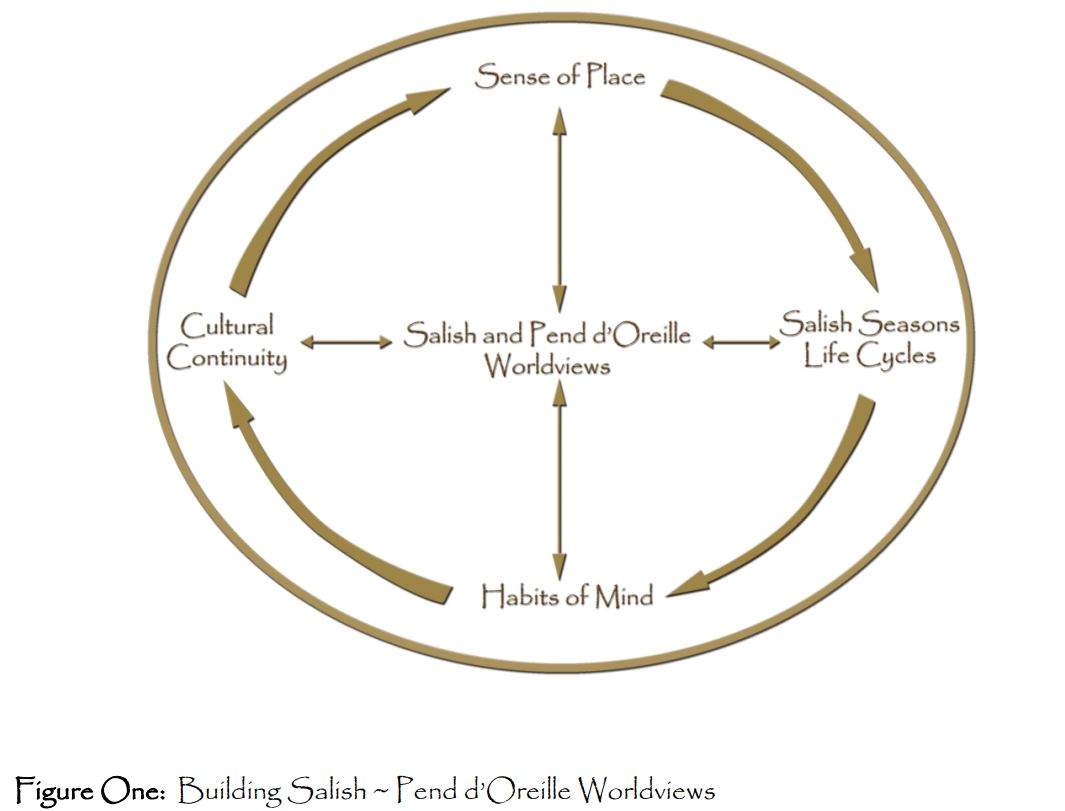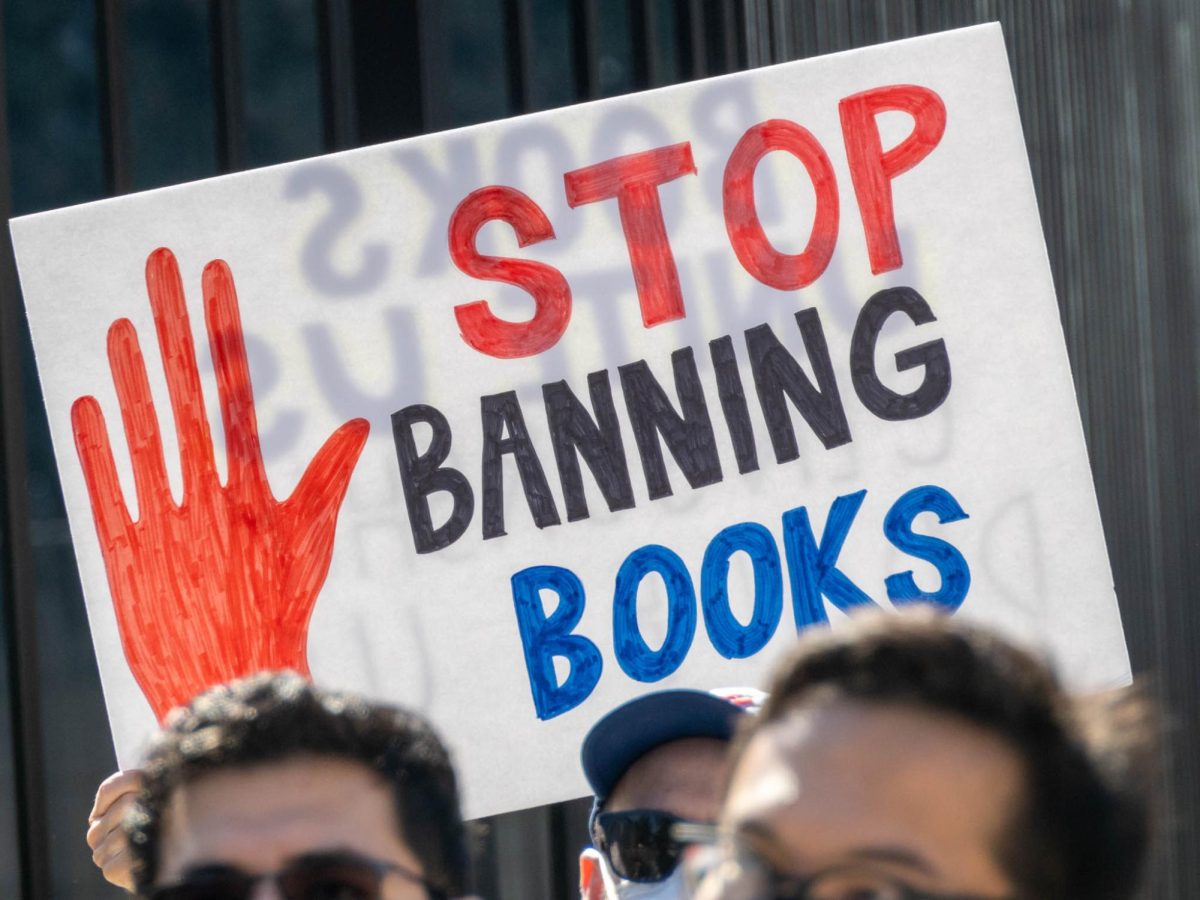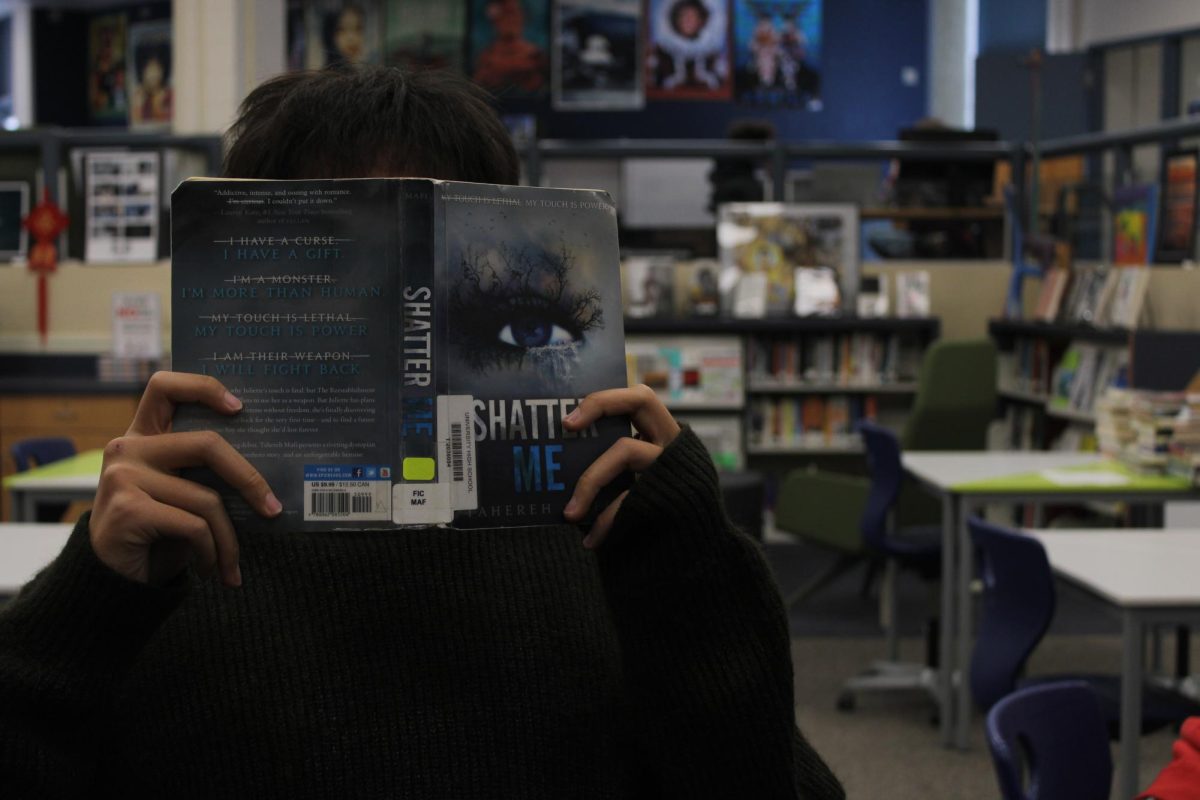
By TEAGAN SO
Staff Writer
Since 1976, February has been celebrated as Black History Month, a time to honor the countless numbers of black people that have impacted our country. It is a period of time to recognize the significance of historical figures who have not received the recognition they deserve.
With rising concerns about racial inequality, Black History Month is definitely a step in the right direction. The history of black culture, as well as other cultures, should be embedded and taught in our education system. Most courses offered in school today center around America and its allies, with minimal lessons on the history of other cultures.
Ms. Tiffany JoCultural history is often overlooked in American education. The 2016 California social science standards for a World History course is most comparable to the Global Perspectives courses offered to freshmen at UHS. According to the Social Science Framework for California Public Schools, “as students move through the years 1750 through the present, they consider…a complex network of relationships in which Europe and the United States exerted great military and economic power. They explore how people, goods, ideas, and capital traveled throughout and between Asia, Africa, the Americas, and Europe. They analyze the results of these exchanges.” The standards place a higher emphasis on the history of European nations, demanding a focus on the Renaissance and the Scientific Revolution. Though there are some lessons on Asian and African contributions to major events such as World Wars I and II, Africa and Asia are only studied in terms of how they impacted European history, without any focus on the rich history of these cultures themselves. It is alarming that while the same material on European history is repeatedly taught for at least three years of a student’s education, Africa is hardly mentioned until the introduction of slavery and imperialism. “I know that when they write our standards, the social science standards are always the most controversial to write,” Social Science teacher
said. “From my understanding, you get lobbyists from all sorts of groups that want their stories to be told…There is a degree of ‘when my story is told, my story is honored’.”
Great Falls TribuneSome states have already made steps to incorporate more cultural history into their curriculums. In 2005, Montana financed the Indian Education for All (IEFA) Act that mandated that every student in Montana “be encouraged to learn about the distinct and unique heritage of American Indians in a culturally responsive manner”. As students learn more about other cultures, especially at an early age, they may be more inclined to have open and accepting mindsets. “It has been a real strength to travel around the state to schools and see fifth-graders have deep, meaningful talks,” the Montana superintendent of public instruction Denise Juneau said to
in 2016. “It’s bringing young people’s attention to stereotypes. There are more conversations around treaties and tribes and rights. Students and teachers are having accurate, authentic conversations.”
It is perhaps the concern that it may be inauthentic to teach about a culture one is not a part of, and risk offending someone or being insensitive when discussing certain topics. “I don’t know if all teachers would be comfortable teaching [that material] simply because they don’t know the information, and I wouldn’t want to undermine anyone’s culture because I didn’t know it well enough. If I’m teaching one of these classes, I might not be the best fit to teach that class if I don’t fully know that culture to the point that you’re massively studying it. As a white person, it feels so inauthentic if I were to teach a course about a culture’s history. I could do the background of the country, but not the nitty gritty details about conflicts and such.” Ms. Jo said.
Jordan HaywoodBesides incorporating cultural diversity and awareness into social science standards, a possible way to start integrating cultural history is through Speaker Series. Having guests come and speak about their cultures and experiences is an effective way to start teaching about different heritages without detracting from already packed teaching plans. “I think the best way to fix [this issue] is to force people to listen even if it does make them uncomfortable because there are certain parts in history that are uncomfortable, but we do have to acknowledge the fact that it has happened,” senior
said.
Though it is difficult to tell history from an unbiased point of view, it is completely possible to provide a more well-rounded curriculum that could expand students’ mindsets. If cultural history were to be incorporated into our education standards, then students could gain new perspectives, not just in history, but also in life. It is necessary in modern times, especially in a country as diverse and colorful as the United States. Learning about these cultures can help students develop a more tolerant and open-minded outlook, which is crucial to creating an equal and safe environment for people of different ethnicities and backgrounds. As Ms. Jo said, “Anytime you learn more about groups, you’re more inclined to embrace groups. To me, the more you learn about groups, [the more] you learn that we’re all humans and that we all have similar struggles.”













